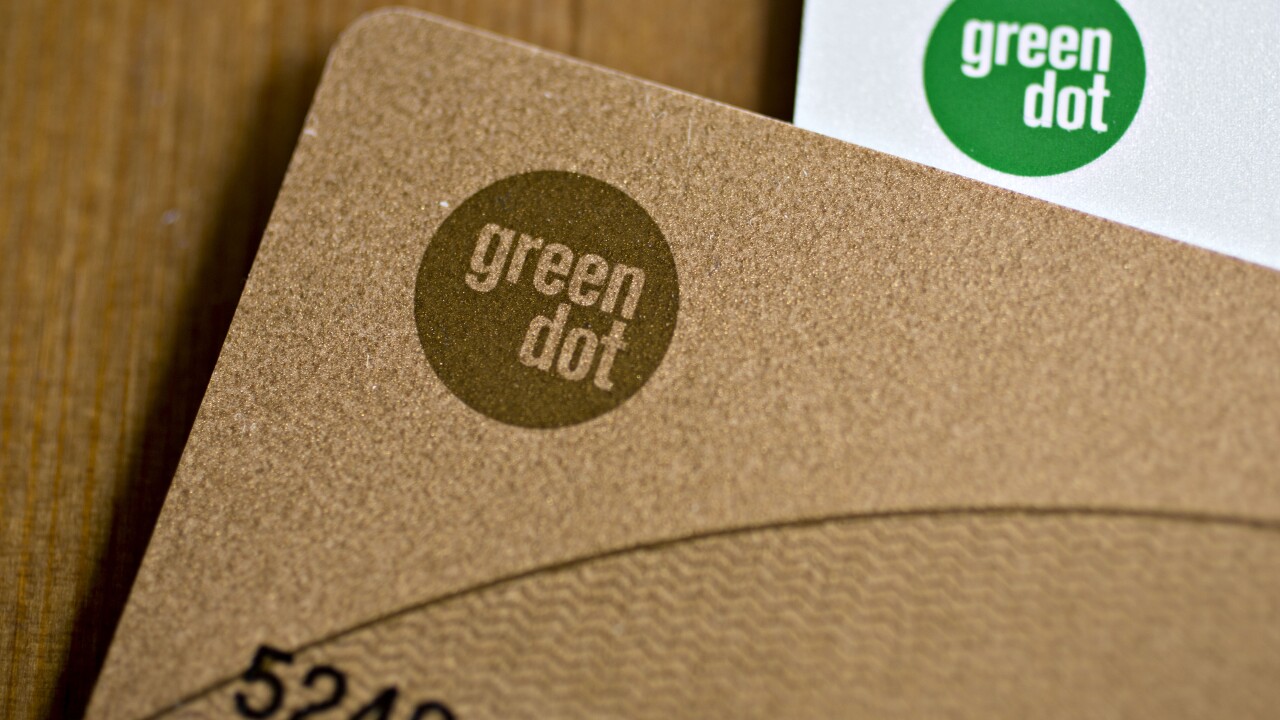With threats to interchange fees growing, issuers are looking for ways to hand off more of the costs of rewards programs to merchants.
Though merchants, understandably, are none too keen on picking up more of these expenses, banks are trying to make the shift more palatable by using advanced analytics that can parse consumers' spending patterns and identify the people most likely to make purchases at specific retailers.
"Rewards, just in general, will need to be restructured to be more cost-effective and to maybe more accurately target rewards to individual consumer segments," Beth Robertson, the director of payments at Javelin Strategy and Research in Pleasanton, Calif., said in an interview Wednesday.
Cardlytics Inc., an Atlanta software developer, has devised a merchant-funded rewards system that lets retailers aim offers at the most desirable customer segments, by evaluating transaction data supplied by issuers. The offers are delivered to cardholders' online banking portals.
"This is a way for us to allow the bank to provide a rich rewards program that is really relevant to its consumers or members without having to pay for it," Rod Witmond, Cardlytics' senior vice president for product management and marketing, said in an interview Tuesday at SourceMedia Inc.'s Card Forum and Expo in Orlando. (SourceMedia publishes American Banker.)
"Merchants spend millions and millions of dollars trying to segment and target consumers so they can make an educated guess as to where the consumers are going to spend their money," Witmond said. "With our system, we take all that guesswork out."
Cardlytics' technology matches offer requirements against cardholder transaction data every night to deliver ads only to cardholders that meet the parameters. For instance, a clothing retailer could offer $10 off a purchase of $50 or more only to those people who have spent at least $50 at a competitor's store in the last 30 days.
Cardlytics uses a "pay-for-performance" revenue model in which the merchant only pays if a consumer makes a purchase. It has about 75 merchant clients, including McDonald's Corp. and Macy's Inc.
Four banks and a prepaid card provider that Witmond would not name are using the Cardlytics system now to deliver merchant offers to about 500,000 consumers. Cardlytics got the four bank customers through its relationship with an online banking software vendor that wants to roll out the technology to as many as 70 more financial companies this year.
To create offers, Cardlytics uses issuers' card transaction data, including ZIP code, store name, store category, frequency of cardholder visits and amounts spent during those visits.
Robertson and other analysts who spoke at Card Forum said Cardlytics' approach could catch on as merchant participation becomes a bigger focus for issuers.
Using transaction data to determine which consumers would be most receptive to particular offers is not a new concept, but merchants have normally had to buy such data from third parties, said Ron Shevlin, a senior analyst at the research firm Aite Group LLC.
They have also been limited to sending direct mail or e-mails to prospective customers, he said. Because Cardlytics' technology delivers offers directly to consumers on their banking companies' websites, the odds are better that they will see the promotions, especially if they are the type that check "points balances and [are] looking for good deals," he said.
"The biggest challenge that banks or even credit card firms have, if they can do a good job of analysis, is in getting the offer to you in a timely" way, he said.
When the economy soured and new regulations emerged, many industry watchers "really thought the demise of the rewards program was coming," Julie Bohn, a vice president of information services at the Atlanta processor First Data Corp., said Monday during a Card Forum presentation.
Consumers have become accustomed to rewards, she said, but the programs are "certainly going to change."
Bohn highlighted a program that First Data manages for Amalgamated Bank of Chicago called AmalgaMiles. The standard reward is one airline mile for every dollar spent, but cardholders earn up to 28 miles per dollar spent in certain spending categories, Jonathan Telzrow, Amalgamated's senior vice president of consumer and commercial credit cards, said during the presentation. The merchants benefit from increased sales to Amalgamated cardholders and cover the additional costs of the bigger rewards.
The bank wanted cardholders earning and redeeming offers more frequently to drive card use and also to get customers thinking of Amalgamated as their partner in "getting them to that trip to Hawaii faster," Telzrow said.
Because interchange is in flux, the bank's managers realized that a model in which interchange "pays for points" was not sustainable, he said, adding that merchant-funded rewards in some ways are "the new interchange."
Amalgamated added merchant-funded rewards to its program in late 2008 and beefed up marketing for it in 2009, he said. "We went from a 'build it and they will come' " attitude to a 'build it and then go tell people' approach," he said. The program includes merchants in numerous categories, including apparel, electronics and travel.
The key to a successful merchant-funded program is having a "robust" list of national, regional and local retailers and doing both in-store and online offers, Bohn said. First Data is a unit of Kohlberg Kravis Roberts & Co.
SunTrust Banks Inc. last year began offering bonus points in certain merchant categories to participants in its SunTrust Rewards program. It includes about 600 merchants, said Stef Anderson, the first vice president of loyalty and rewards at the Atlanta company.
It is "critically important" to justify for merchants the value of participating in rewards programs, he said.
The challenge is engaging merchants, he said. "What model do you use that would be scaleable to go in and recruit those merchants? And then somebody needs to service those merchants."





